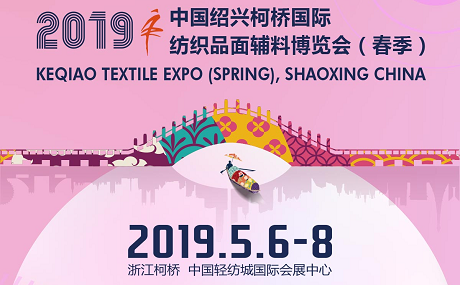Following the conclusion of the annual Parliament meeting on Mar 15, Premier Li Keqiang said in a post-event news conference China would be cutting value-added tax (VAT) for manufacturing and other sectors on April 1 and lowering social security fees on May 1 2019, which values nearly 2 trillion yuan.
1. From the medium-to-long term perspective
The tax and fee cut reduces almost all enterprises’ costs in China, and compared with the international market with no reduction, Chinese commodity will be more competitive, which of course includes China’s textile and apparel for exports. From the angle of the industry, the VAT cut rate for agricultural and industrial products is different. According to current news, the VAT of agricultural products will be reduced by 1% from 10% to 9%, and that of industrial products will be cut by 3% from 16% to 13%. Cotton belongs to agricultural products, while PSF and VSF belong to industrial products, meaning that tax cut rate for PSF and VSF, the competitive products for cotton, is higher than cotton. Therefore, the demand for cotton may reduce somewhat affected by higher competitiveness of PSF and VSF.
2. From the short-term perspective
Market players can gain short-term profits by time difference, through controlling the time to make out an invoice of input tax and output tax. For cotton, no matter the domestic sales or import/export sales, the tax cut rate is only 1%, and the operating space is about 150-160yuan/mt. Nevertheless, the operation space for downstream industrial products is 6% at the highest. The VAT cut will give enterprises more profits in short term, or enterprises will have larger bargaining power. For most inland cotton yarn mills, selling cotton yarn after Apr 1 is favorable while for those in Xinjiang, purchasing cotton before Apr 1 and selling cotton yarn after Apr 1 is the most favorable. For downstream fabric plants, it is the same. If they purchase cotton yarn before Apr 1 and sell grey fabric after Apr 1, they can enjoy the 13% VAT and 16% input tax deduction.
Without external stimulus, Chinese cotton market continues to be in a period of “loose supply and cost support”, and the market is mainly dominated by demand. Currently, through tax cut, downstream sector, especially weaving, printing and dyeing sectors, increases the profits in short term. Therefore, the speculative demand for cotton may increase, but the time is short, and the industrial pattern will have no significant change.
(The above content is from the network)

